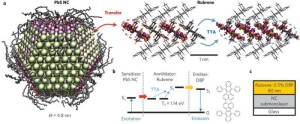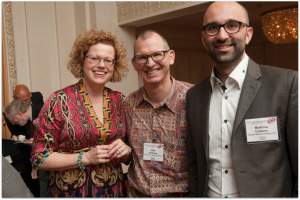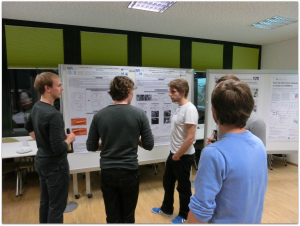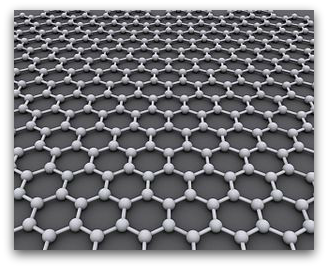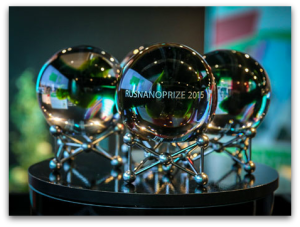Check out what’s trending in electrochemical and solid state science and technology! Read some of the most exciting and innovative papers that have been recently published in ECS’s journals.
The articles highlighted below are free! Follow the links to get the full-text version.
Towards Implantable Bio-Supercapacitors: Pseudocapacitance of Ruthenium Oxide Nanoparticles and Nanosheets in Acids, Buffered Solutions, and Bioelectrolyte
Since the early 1990s when ruthenium oxide-based electrode materials were found to have pseudocapacitive properties, they have been extensively investigated as promising supercapacitor electrodes. A best benchmark example is RuO2·nH2O in combination with H2SO4 as the electrolyte, being able to operate with high voltage window, high capacitance and long cycle life. Read the rest.
Influence of the Altered Surface Layer on the Corrosion of AA5083
Aluminum alloys are increasingly replacing heavier materials in transportation, military and other applications, oftentimes in environments demanding of exceptional corrosion performance. In this regard, AA5083 has served as one of the alloys of choice for marine applications. Read the rest.
Advances in 3D Printing of Functional Nanomaterials
The intense and widespread interest in additive manufacturing techniques, including 3D printing, has resulted in an approximately $5 billion industry today with projections for growth to $15-20 billion by 2018. The commercial availability of 3D printing equipment, and the development of flexible additive manufacturing platforms in R&D laboratories, has provided a foundation for researchers to perform fundamental research in the materials science and engineering of polymers, organic materials, ceramics, inks, pastes, and other materials. Read the rest.


